 |
||||||
|
HOME
|
US Navy -
ships
|
US Navy - air
units
|
USMC - air
units
|
International
Navies
|
Weapon Systems
|
Special Reports |
||||||
|
US Navy - Carrier Airborne Early Warning
Squadron 77 (CARAEWRON 77) VAW-77 'Nightwolves' |
||||||
|
||||||
| 10/24 | ||||||
|
||||||
| images | ||||||
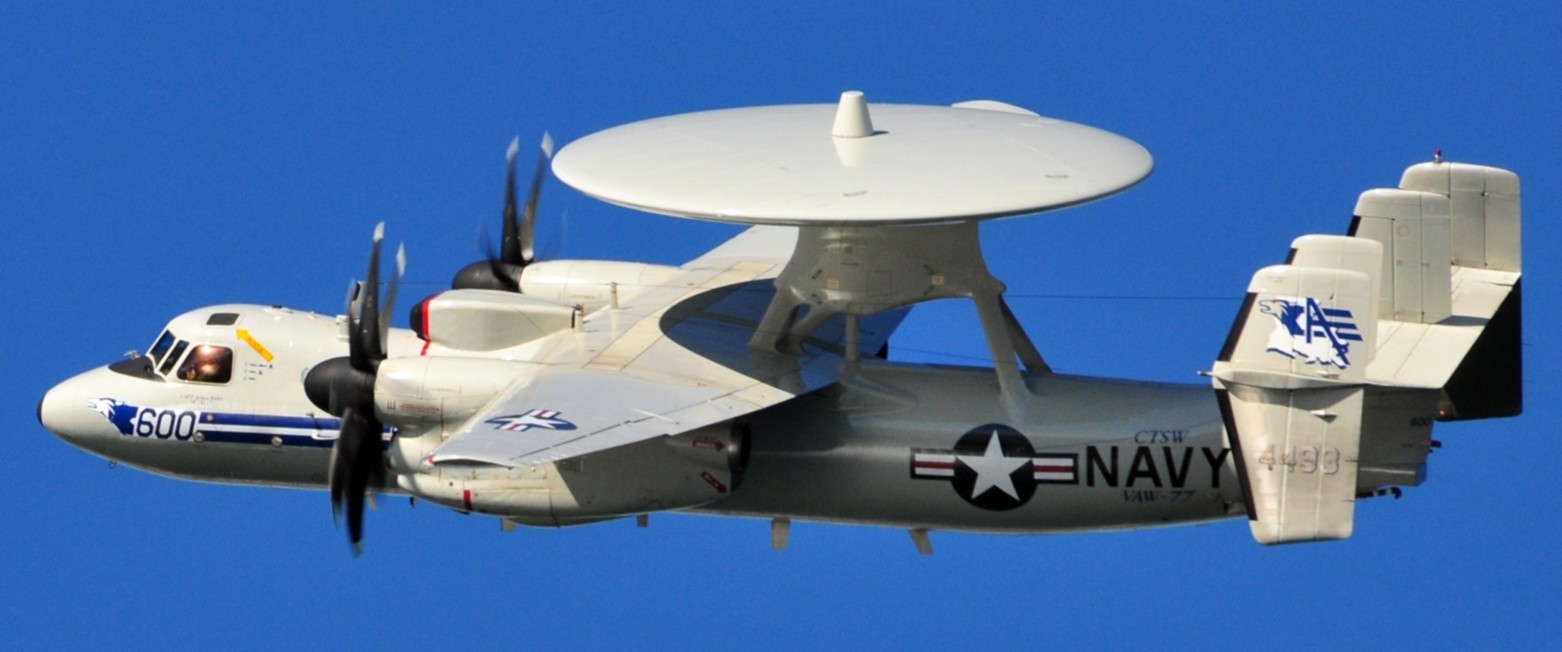 E-2C Hawkeye (VAW-77) flies over San Diego Bay, California during the Centennial of Naval Aviation parade - February 12, 2011 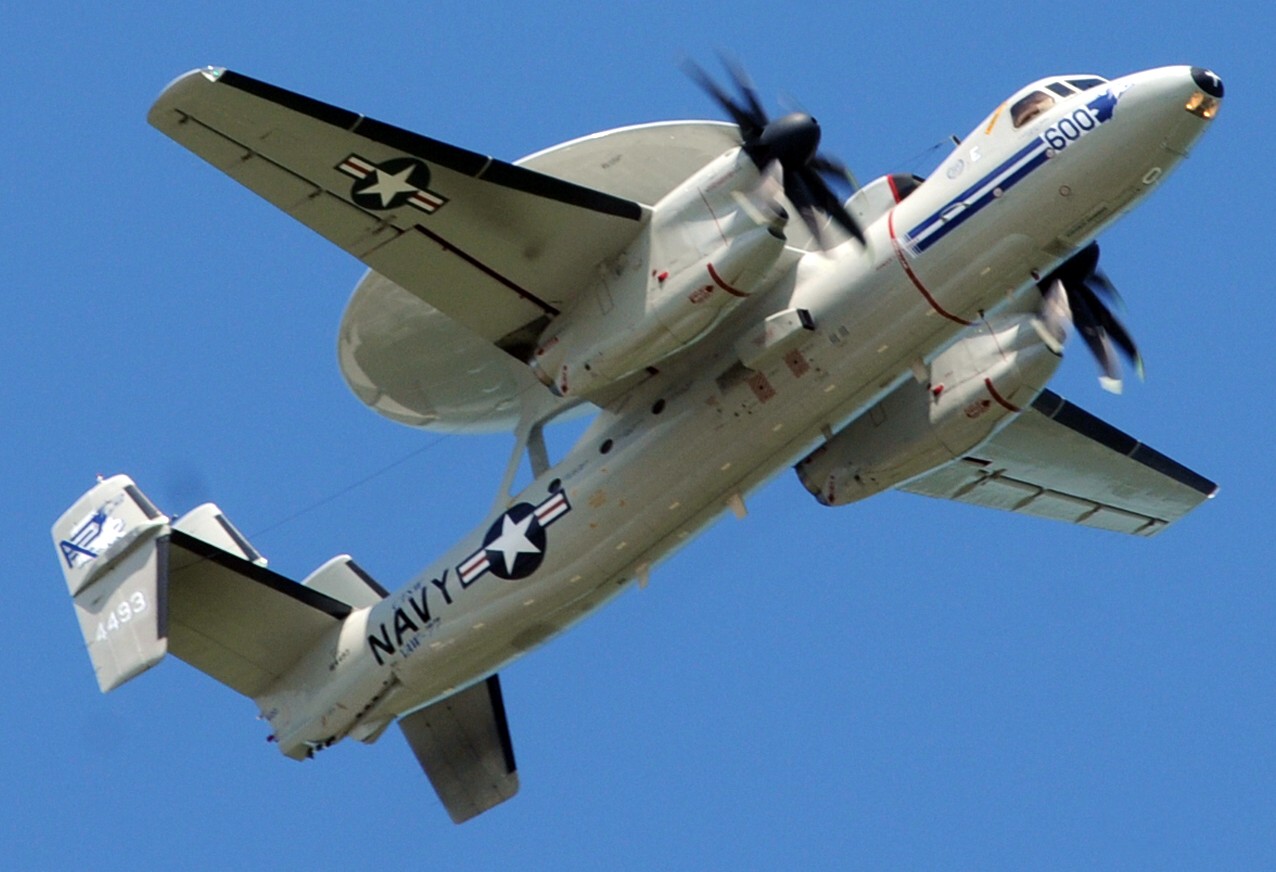 E-2C Hawkeye (VAW-77) at NAS/JRB New Orleans, Louisiana - June 2010 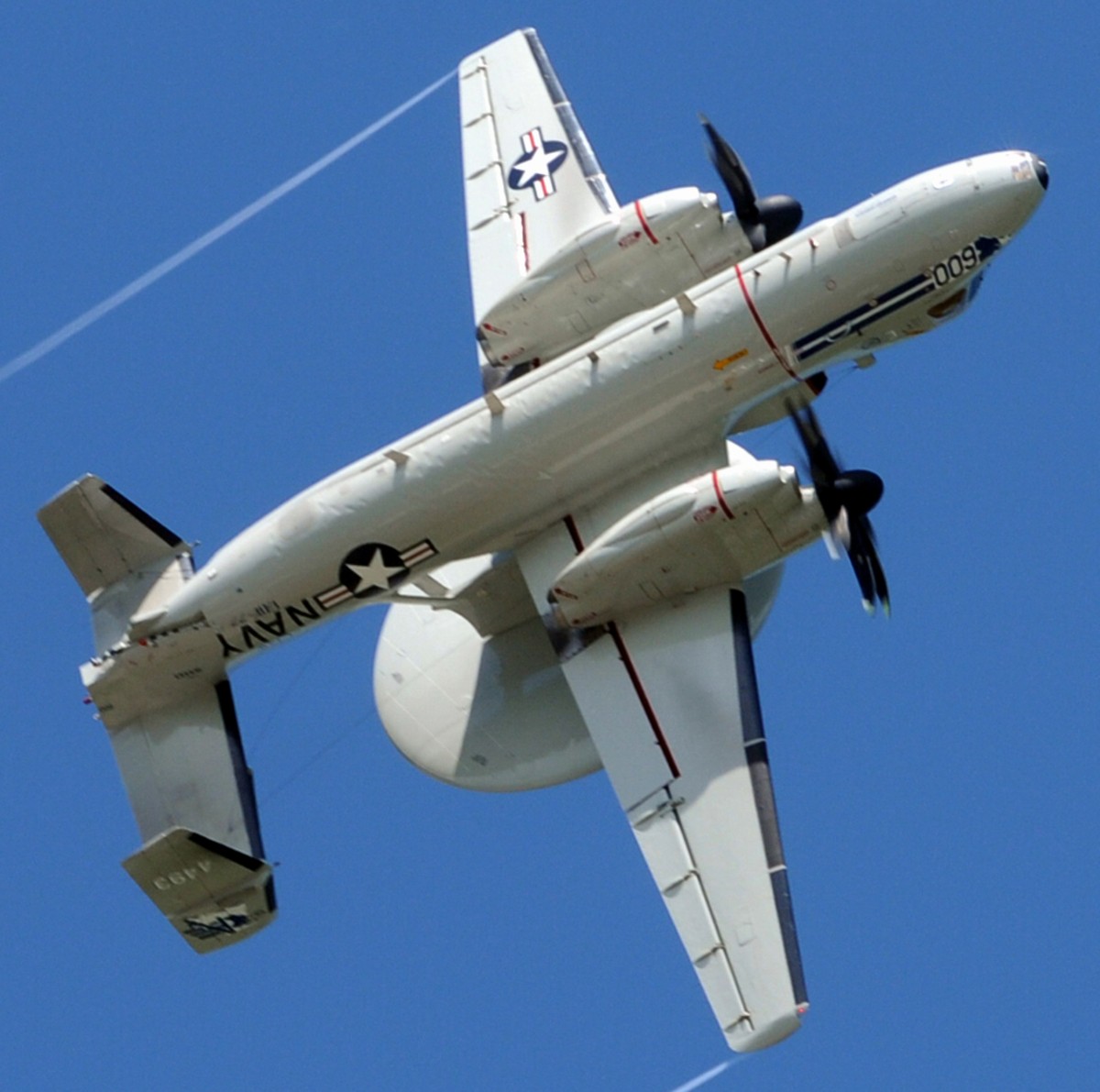 E-2C Hawkeye (VAW-77) at NAS/JRB New Orleans, Louisiana - June 2010 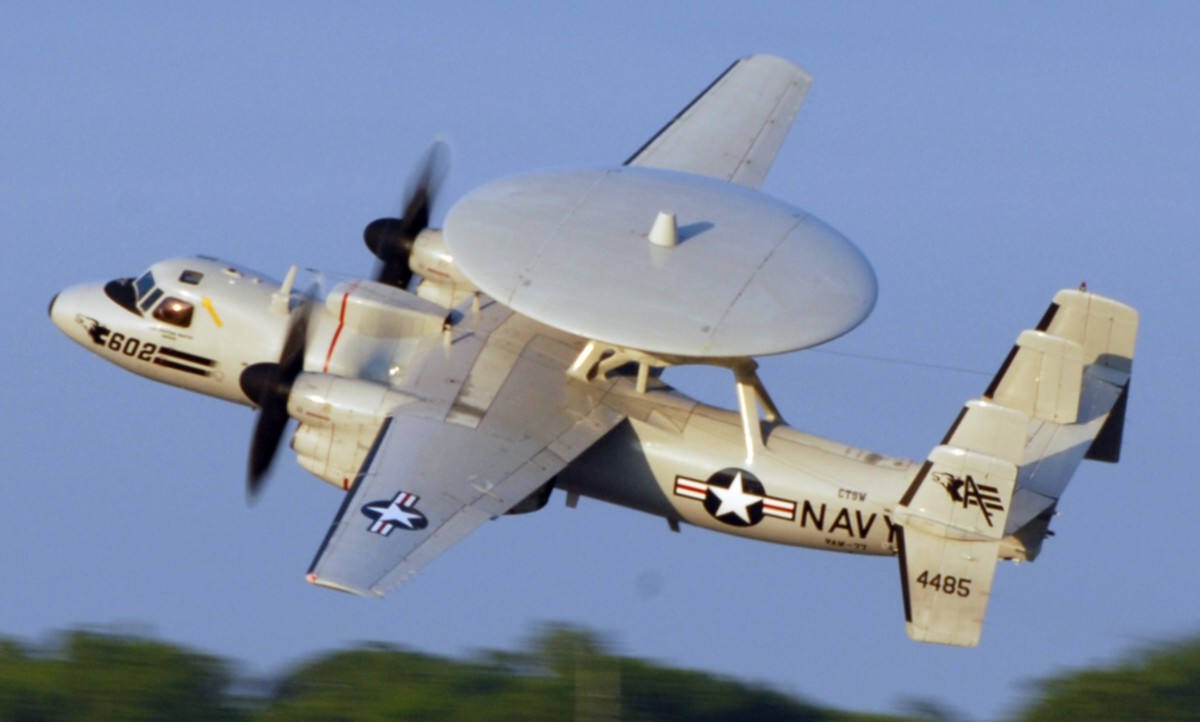 E-2C Hawkeye (VAW-77) at Joint Base Andrews, Maryland - May 2010 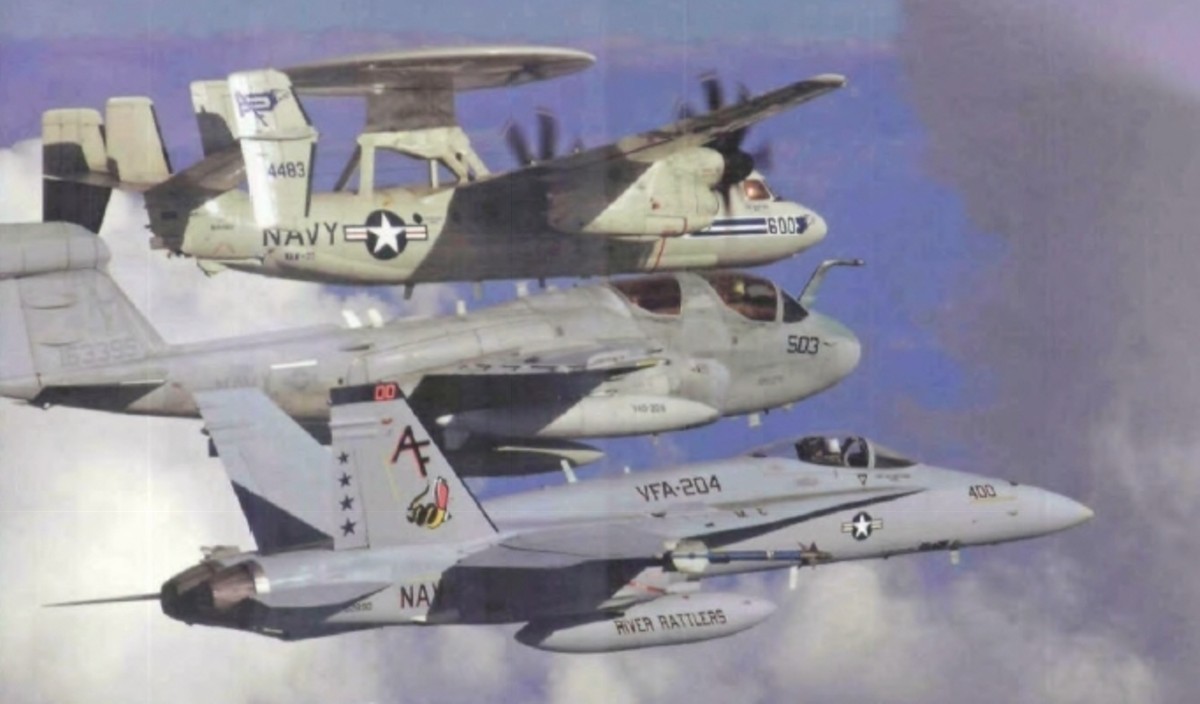 E-2C Hawkeye (VAW-77) with other aircraft of TSW - 2009 |
||||||
|
Carrier Airborne Early Warning Squadron 77 (VAW-77) "Nightwolves"
was an aviation unit of the United States Navy Reserve based at
Naval Air Station / Joint Reserve Base New Orleans from 1995 to
2013. It comprised the U.S. Navy's only fully dedicated
counter-narcotics squadron. VAW-77's beginnings go back to 1995, when the U.S. Congress created the reserve squadron as a result of the United States escalating war on illegal drug trafficking. VAW-77 received four specially modified E-2C Hawkeye airborne early warning aircraft optimized for counter-drug missions. As part of the Navy's post-Cold War role, VAW-77 flight crews patrolled the waters of the Caribbean in joint missions with the United States Coast Guard and other drug enforcement agencies in search of illegal aircraft and ships. The officers and enlisted members of VAW-77 were a mix of Selected Reservists and active Full Time Support (FTS) personnel. Because the squadron was a component of the Naval Reserve, a significant number of its men and women were Selected Reservists. They participated in the squadron's mission on a part-time basis because of their civilian commitments. The aircraft were serviced and maintained by Northrop Grumman civilian contractors who also deployed with the squadron. History: On 18 November 1995 Carrier Early Airborne Warning Squadron 77 (VAW-77) was commissioned, as a Reserve Squadron serving with the US Coast Guard and other Federal Agencies to fight the war on drugs, providing sophisticated air surveillance on traffic off the southern coast of the US. VAW-77 "Night Wolves" work in tandem with Coast Guard and other federal law enforcement agencies to combine and coordinate operations of counter-narcotics forces. The E-2C Hawkeye squadron deploys four to five times a year to bases near known drug trafficking routes to help identify suspected drug smugglers. The squadron spends approximately four to five months per year forward deployed to bases near illegal drug traffic lanes. Since commissioning, the Nightwolves have completed a number of sixty-day counter-drug deployments to the Caribbean Theater. VAW-77 deployed primarily to Naval Station Roosevelt Roads, Puerto Rico until the Naval Station ceased active operations in October, 2003 prior to its inactivation on March 31, 2004. VAW-77 continues to operate out of Howard AFB, Panama; Patrick AFB, Florida; Comalapa Air Force Base, El Salvador; Coast Guard Air Station Borinquen, Aguadilla, Puerto Rico; Manta Air Force Base located at the Eloy Alfaro International Airport in Manta, Ecuador; and Hato International Airport, Curaçao, Netherlands Antilles. Squadron aircraft have been involved in over 120 high profile arrests and seizures of drug carrying container ships, high-speed watercraft, and light civilian aircraft. In fact, the mere presence of the Nightwolves in the Caribbean has caused drug traffickers to change their tactics in order to avoid detection by VAW-77 aircraft. In August 2008, VAW-77 moved to its new home of Naval Air Station / Joint Reserve Base (NAS/JRB) New Orleans, LA in response to BRAC's decision to close Naval Air Station Atlanta. Because of spending cuts throughout the Department of Defense, the unit was recommended for decommission by the Secretary of the Navy. In February 2013, the "Nightwolves" were formally disbanded, and its crew & equipment were in the process of being redistributed throughout other naval squadrons. VAW-77 was disestablished on 9 March 2013. The squadron's six aircraft were transferred to other carrier airborne warning squadrons and the squadron members were transfer to various other Commander Naval Air Force Reserve (CNAFR) squadrons. source: wikipedia - - - - - NEW ORLEANS (NNS) -- The Nightwolves of Carrier Airborne Warning Squadron (VAW) 77 will be formally disestablished during a ceremony aboard Naval Air Station/Joint Reserve Base New Orleans, March 9. The Nightwolves, a reserve E-2 squadron based at NAS/JRB New Orleans, have been responsible for various missions within the strategic reserve including counter-narcotics and human trafficking interdiction, disaster response and missile exercise support. VAW-77 consists of six E-2C Hawkeye aircraft and 112 personnel (72 Full Time Support and 40 Selected Reservists). The squadron's beginnings go back to 1995, when the U.S. Congress created the reserve squadron as a result of the United States' escalating war on illegal drug trafficking. VAW-77 received four specially modified E-2C Hawkeye airborne early warning aircraft optimized for counter-drug missions. As part of the Navy's post-Cold War role, VAW-77 flight crews patrolled the waters of the Caribbean in joint missions with the U.S. Coast Guard and other drug enforcement agencies in search of illegal aircraft and ships. Due to budgetary constraints, the Navy decided to decommission VAW-77 in fiscal year 13. While this choice was difficult, it was within the limits of the resources available to the Navy. There will always be the need to balance direct warfighting capability against missions like those assigned to VAW-77. "Their last flight was Jan. 29," said Lt. Cmdr. Erin Wreski, program manager for Commander Naval Air Force Reserve's (CNAFR) Tactical Support Wing. "Their disestablishment ceremony will be March 9, and the squadron officially closes its doors March 31. "The squadron's six aircraft will be transferred to other carrier airborne warning squadrons," Wreski said. "And the squadron members will transfer to various other CNAFR squadrons around the country." US Navy |
||||||
| patches + more | ||||||
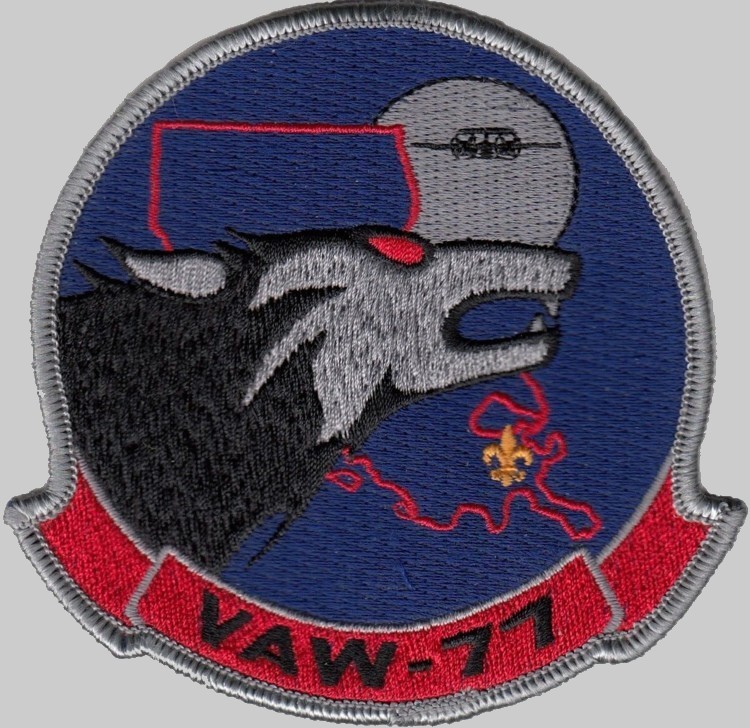
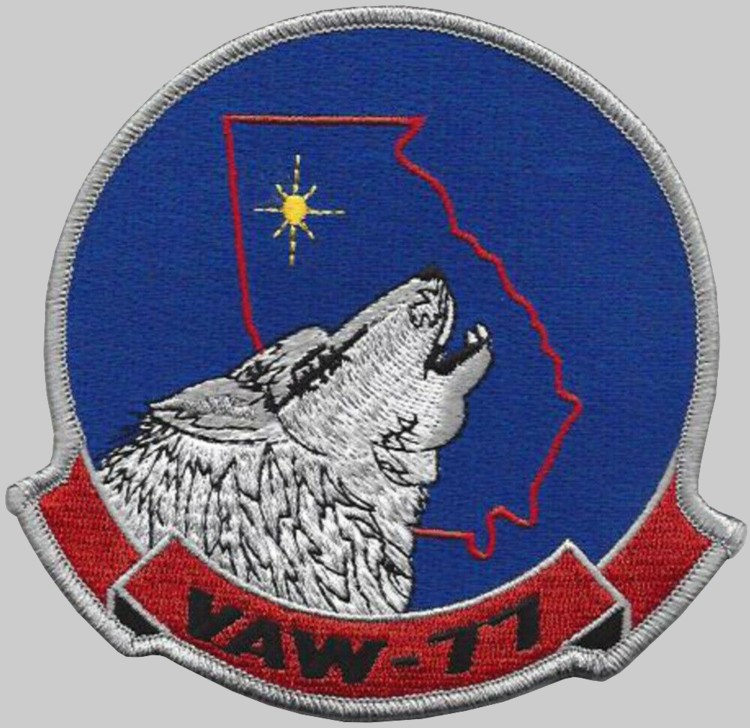 |
||||||
|
|
seaforces.org
|
US Navy
Air Units start page
| |